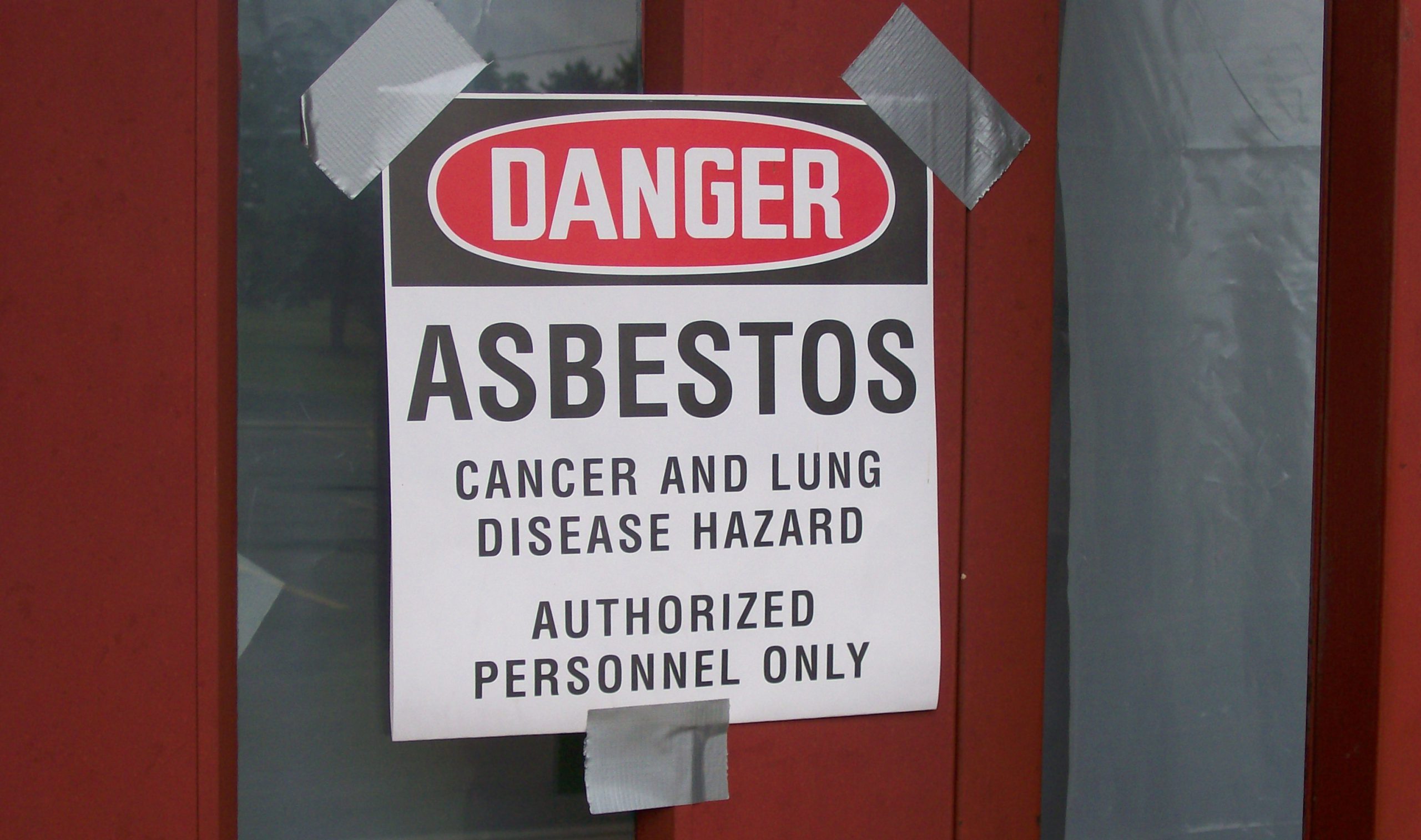Safer Chemicals, Healthy Families, Environmental Health Strategy Center, Healthy Building Network Call on EPA for Action To Protect Americans From Ten Highly Toxic Chemicals
Today, three public health groups asked the U.S. Environmental Protection Agency (EPA) to take action to protect the health of all Americans and the environment from ten highly toxic chemicals that they concluded pose an unreasonable risk to human health and the environment. These are the first ten chemicals to be evaluated under the recently strengthened federal chemical safety law, the Toxic Substances Control Act (TSCA).
In comments submitted to EPA on the scope of its risk evaluations, the groups provided new information on the production, import, use, and disposal of six of these toxic chemicals. Some of this information, which is based on a review of shipping records on the international trade in toxic chemicals, has never before been made available to the public.
“EPA’s first risk evaluations will be an early test of the new law, so it’s critical that they assess the complete life cycle of the chemicals, including impacts at production plants, from all chemical uses by industry and in products, and from disposal at the end of their useful life, with an eye toward evaluating the exposures and risks to the most vulnerable groups” said Liz Hitchcock, Government Affairs Director of Safer Chemicals, Healthy Families.
“This is the just first step under the new law toward phasing out these highly toxic chemicals, which we believe pose an unreasonable risk to the health of pregnant women, children, workers, fenceline communities, and the environment,” said Mike Belliveau, Executive Director of the Environmental Health Strategy Center.
“Our investigation of global shipping records revealed new information on the rising imports of highly toxic chemicals from China, numerous chemical companies who failed to report toxic imports in apparent violation of the Toxic Substances Control Act, and Brazilian asbestos miners dying to prop up the U.S. chemical industry’s unjustifiable use of asbestos in an outdated technology to produce chlorine,” said Jim Vallette, Research Director of the Healthy Building Network.
The groups examined six of the ten chemicals, including asbestos, 1-bromopropane (NPB), carbon tetrachloride (CTC), hexabromocyclododecane (HBCD), N-methylpyrrolidone (NMP), and methylene chloride (DCM). Among their research findings submitted to EPA:
Asbestos –Acknowledged as the deadly “poster” chemical for TSCA reform:
- Three U.S. chemical companies imported more than 4 million pounds of asbestos in the last 4 years for their use in 15 chlor-alkali plants, which represents the only significant remaining use of asbestos in the United States.
- 99% of these imports come from Brazil, where the chemical’s mining and packaging has led to high numbers of workers suffering and dying from asbestos-related mesothelioma.
1- Bromopropane (nPB) – a Substance of Very High Concern based on reproductive toxicity, in Europe.
- As many as eight U.S. chemical companies imported nearly 3 million pounds of nPB from China in 2014-2015, but failed to report that activity to EPA in apparent violation of the Chemical Data Reporting requirements of TSCA.
- In the last 15 years, U.S. production and use of nPB has increased nearly tenfold, primarily as a result of aggressive marketing of nPB as a drop-in substitute for the carcinogenic chlorinated solvents trichloroethylene and tetrachloroethylene, and as an “acceptable” substitute for other more potent ozone depleting substances.
Hexabromocyclododecane (HBCD): A persistent organic pollutant that is being phased out across most of the world.
- About 100 million pounds of HBCD remains in the built environment in the U.S., a huge toxic legacy reservoir of future environmental releases as buildings are demolished or damaged, and from disposal activities
- While domestic U.S. manufacturing of HBCD reportedly ceased by 2016, about 847,000 pounds were imported in 2016, with more than 400,000 pounds of HBCD imported from China where HBCD continues to be manufactured
Carbon Tetrachloride (CTC): Exposure to carbon tetrachloride may present a significant cancer risk and the chemical has been identified as a potential endocrine disruptor.
- Air emissions of carbon tetrachloride during its production and fugitive emissions from its use as a chemical feedstock have been seriously unreported and grossly underestimated.
- CTC production is poised to significantly increase due to rising feedstock demand for HFOs, as refrigerant replacements with a lower global warming potential.
In preparing their comments, the organizations — Safer Chemicals Healthy Families, Healthy Building Network and Environmental Health Strategy Center – conducted an extensive review of sources of information either not included or not fully characterized in the EPA’s use profiles on the chemicals released in February, including international trade databasesand chemical industry sources.
In the 2016 amendments to TSCA, Congress directed EPA to ensure that risk evaluations were initiated within six months of the law’s enactment on 10 substances drawn from the 2014 TSCA Work Plan list. EPA designated these 10 substances on December 19, 2016, and must publish its scope of the risk evaluation by June 19, 2017 and make a determination based on the completed risk evaluation as to whether each chemical poses an unreasonable risk to human health and the environment within three years.
The groups maintain that EPA’s risk evaluations should:
- Include all uses of the chemical and all vulnerable groups in their evaluation, such as pregnant women, children, workers, and communities of color; and
- Assess the aggregate risk of all exposures to the chemical, and the cumulative risk of added exposure to similar chemicals and other risk factors.
FOR MORE INFORMATION:

